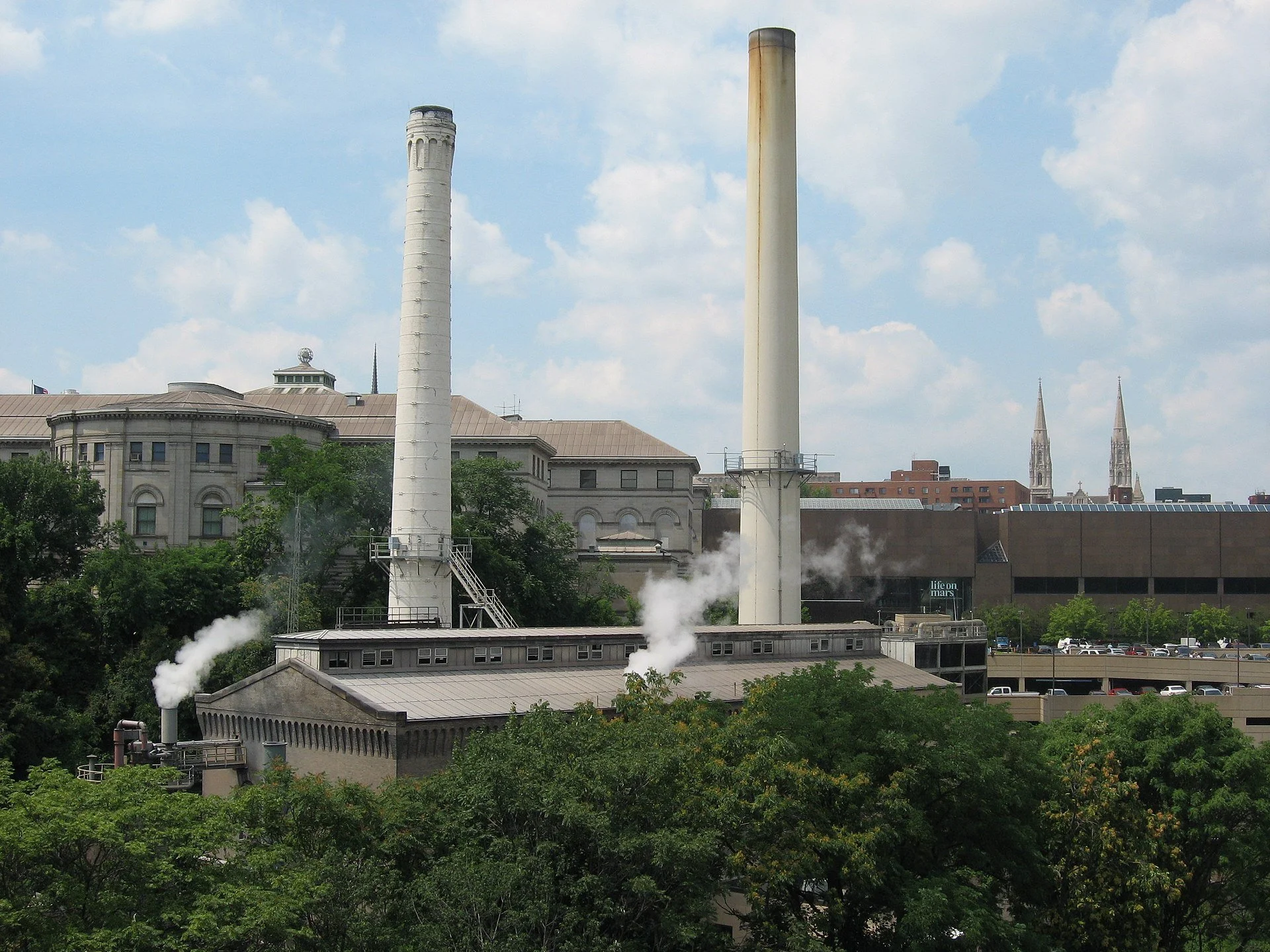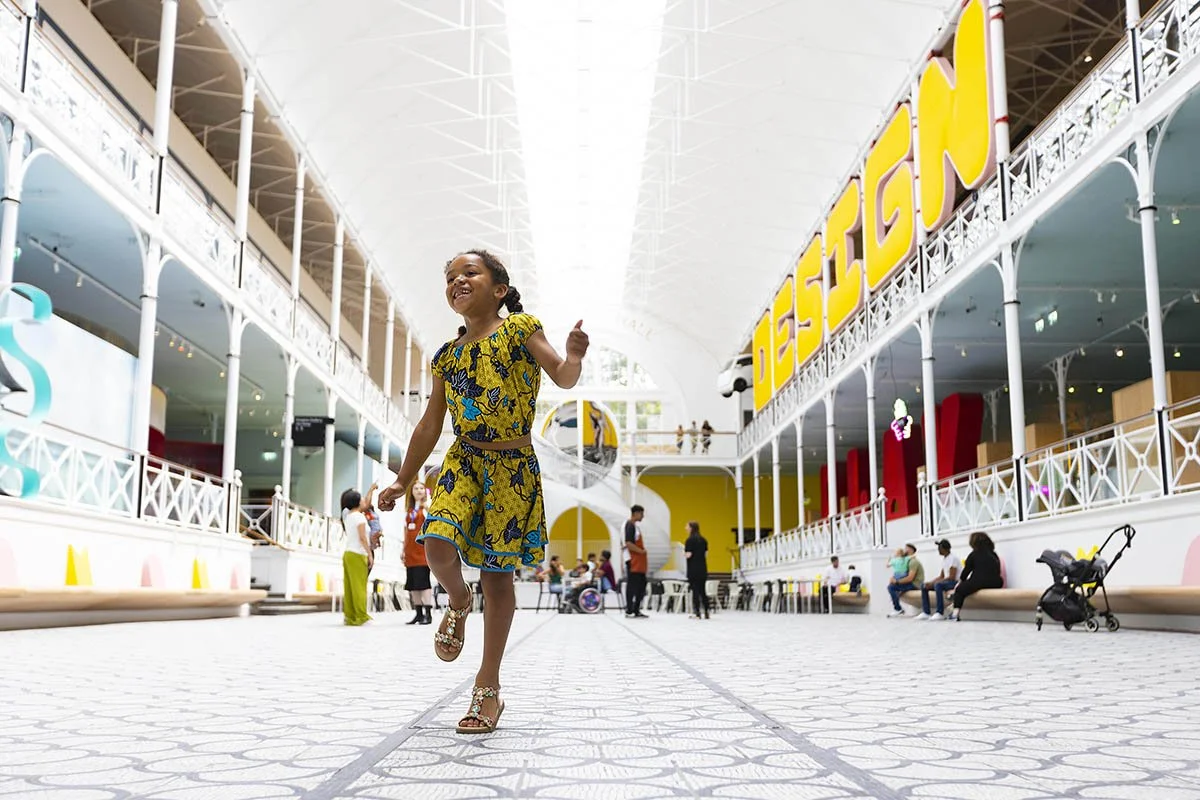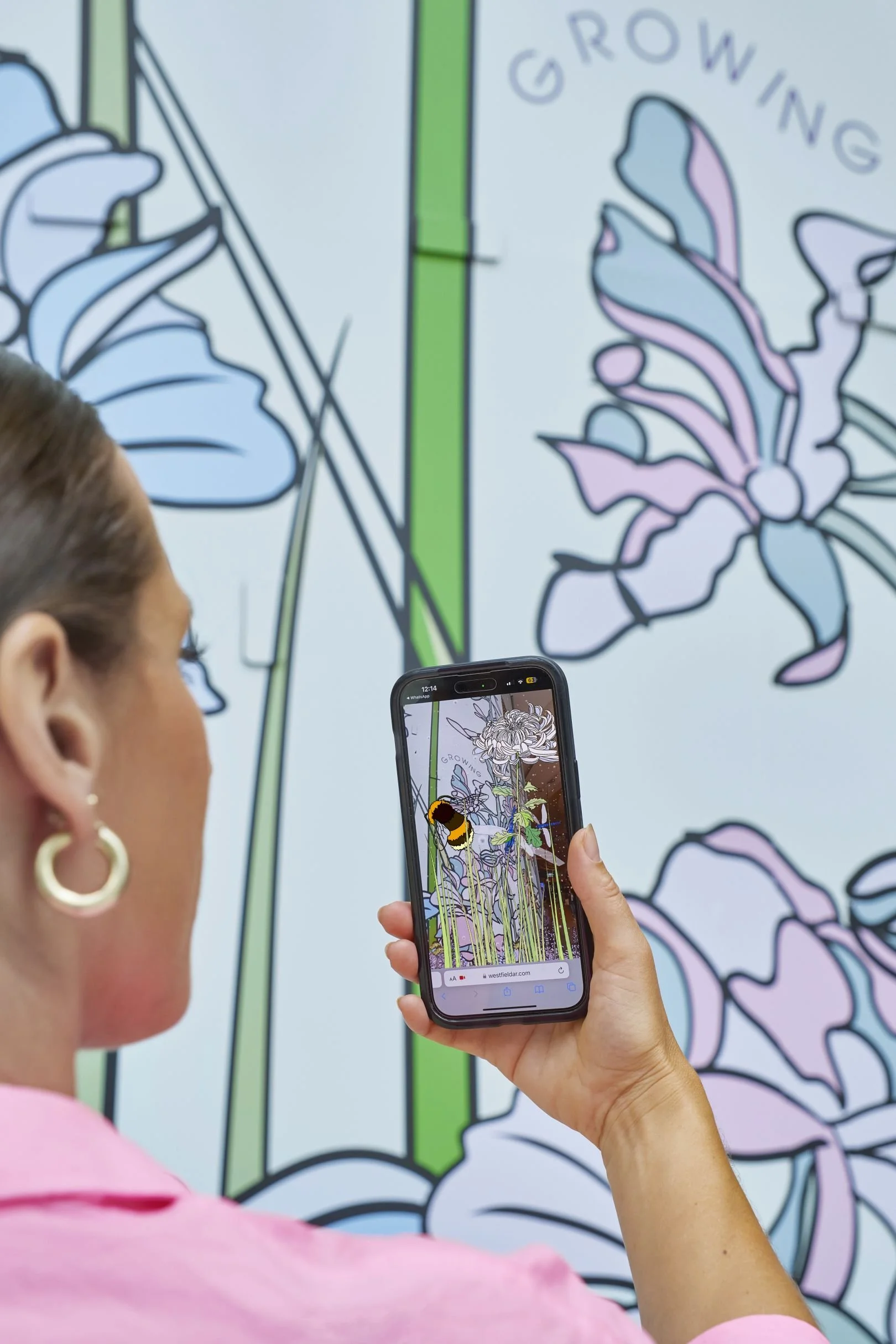Investment in cultural facilities can be transformational within communities, and not just through the services they provide, the jobs they create, or the money channeled into the local economy. Cultural facilities can have tangible impacts on a community’s built environment and energy systems. To evaluate this complex relationship, it is useful to use a case study. This article focuses on the city of Pittsburgh, Pennsylvania - specifically, the Oakland neighborhood.
Takeaways: MuseumNext Green Museums Summit
The MuseumNEXT Green Museum Summit, held February 26 and 27, hosted a variety of speakers from museums and cultural organizations across the globe, each which shared their unique experiences in conducting sustainability work within their organizations. In this article, Lead Researcher Hannah Brainard reflects on her experience attending the Summit and her main takeaways.
Calculating and Reporting Emissions in the Arts
The planet is experiencing the impacts of climate change, and global leaders are prioritizing critical action. In 2015, 196 countries signed the Paris Agreement, which committed to keeping global temperature rise well below 2 degrees celsius above pre-industrial levels (Paris Agreement). It further prioritized keeping temperature rise below 1.5 degrees celsius, the level at which scientists predict the most severe and irreversible impacts may be avoided. To remain below this critical threshold, greenhouse gas emissions must peak before 2025 and be reduced by 43% by 2030.
AR Public Art & Climate Intervention
AR artwork is moving away from dependence on commercial or scientific success and artists have more freedom to create place-based artworks without necessarily having permission or costly materials. As a result, artists are stepping into the AR public art space to tell stories, respond to inequity, and shift behavior for positive social impact.









